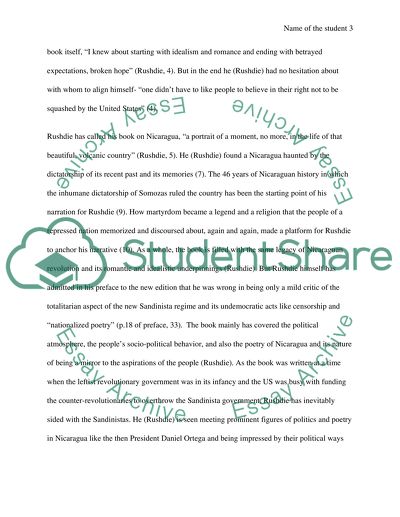The Jaguar Smile: A Nicaraguan Journey Book Report/Review. Retrieved from https://studentshare.org/history/1439089-the-jaguar-smile-a-nicaraguan-journey
The Jaguar Smile: A Nicaraguan Journey Book Report/Review. https://studentshare.org/history/1439089-the-jaguar-smile-a-nicaraguan-journey.


